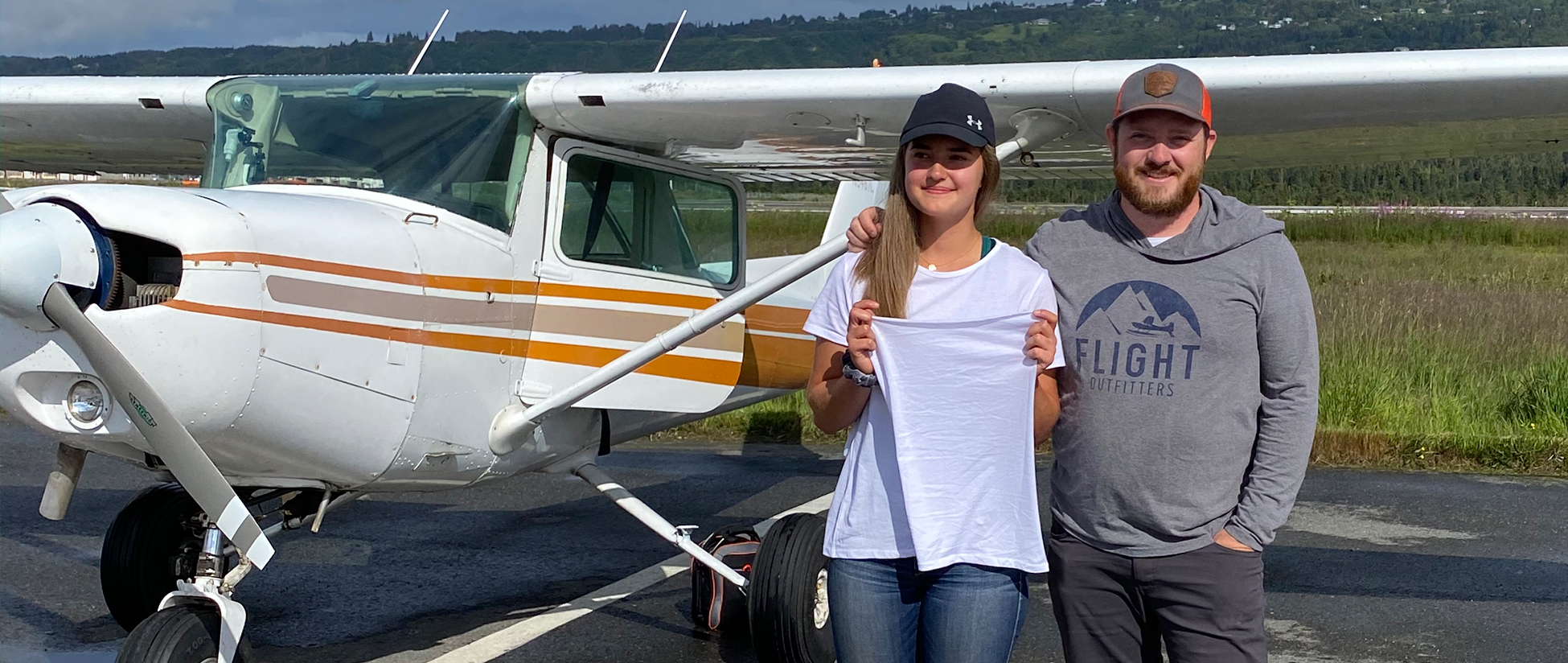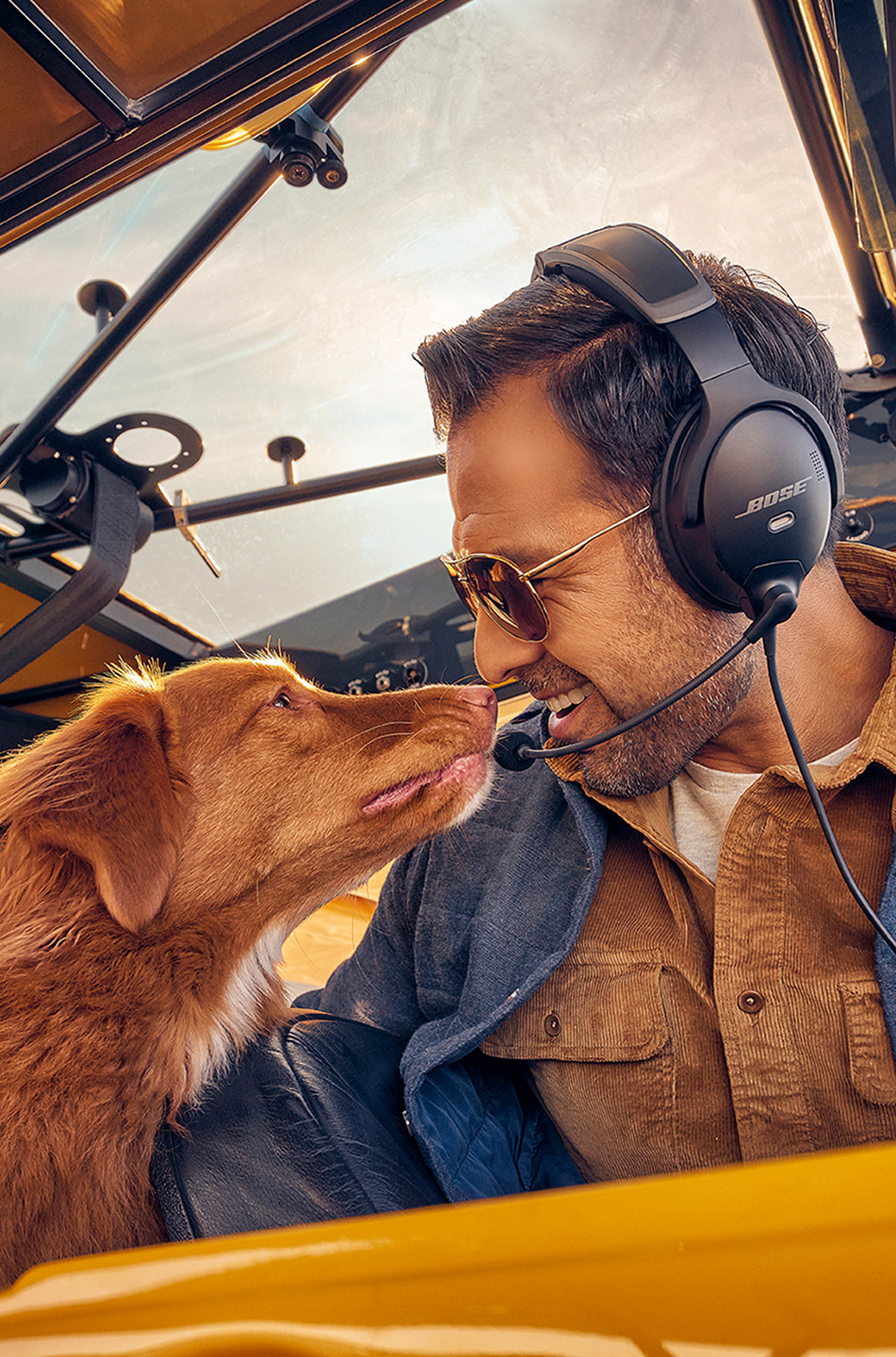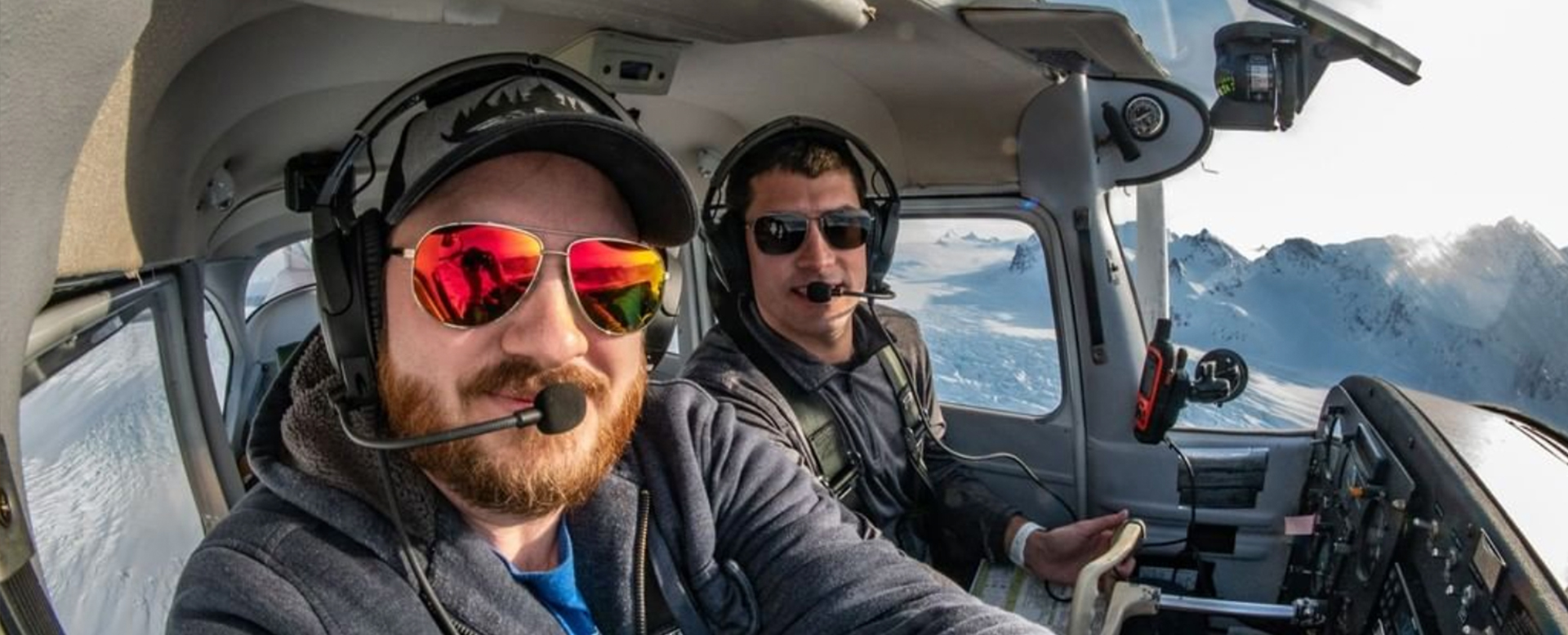
Pilot Perspectives: First Solos | Chris Palmer
Every pilot has a first solo, and every first solo is a story they’ll tell for life. We asked pilots to share their first solo stories with us, and while every story is unique, some things remain the same: excitement, nerves and an overwhelming sense of accomplishment.
Part 1: Chris's First
Solo
Part 2: Working With Students
For Chris Palmer, it's about more than his own first solo.
Chris Palmer is a certified flight instructor, aviation YouTuber and owner of Angle of Attack Flight School in Homer, Alaska. Chris has dedicated his career to helping other aspiring pilots achieve their aviation dreams.
As a certified flight instructor, Chris’s idea of a first solo is a little different. That’s because his story goes beyond his own first solo flight and into the stories of his students.
Hear Chris tell his story and share a bit about what it’s like to guide new pilots toward their own first solo.
The story behind cutting shirttails.
Before aviation headsets came on the scene, instructors had to get a little more creative in their communication techniques. The story goes that in a tandem aircraft, they would sit behind the student, hold onto the student’s shirttail and tug on either side of the shirt to give directions.
After the student’s first solo, the instructor would ceremonially cut away the shirttails to show that the student no longer needed a guide. For pilots learning to fly in the U.S., that tradition still lives on to this day.
Check out some photos of Chris and his many students who achieved their dream of soloing an airplane for the first time.
Chris Palmer's landing tips.
“Learning to land can feel complicated, but with a few simple guidelines and steps, you can learn to land in no time. Let’s break down a handful of tips that I use with my students to see if it helps you in your own pursuit of buttery landings.”
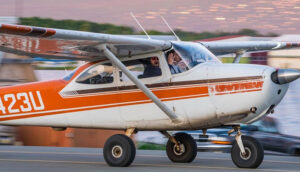
Success Starts Early
“A successful landing starts with a stable pattern. Remain ahead of the airplane in your approach to keep the landing smooth and methodical rather than scattered.”
Evaluate on Base
“When you turn base and change your configuration by adding flaps (if needed), it’s time to evaluate your energy state. Are you too high, too low, just right? Too fast, too slow or right on speed?”
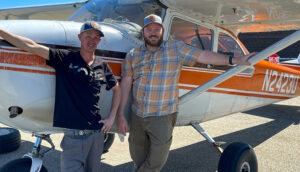
Hands-Off Final
“Once on final, it’s paramount to let the airplane do the work. In smooth conditions, I’m looking for a perfectly trimmed airplane, perfect power setting and quality sight picture.
When set up correctly, you can literally take your hands off the flight controls for a few seconds and see the airplane still trending on a perfect path to the prettiest landing.”
Power Is a Flight Control
“Once you’re set up with a hands-off approach on final, small adjustments in power will help dial in your target on the runway. The trick is finding the smallest of movements to lock in those perfect power settings.”
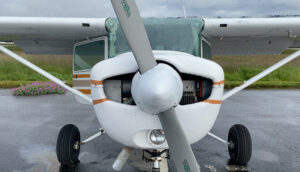
Fight the Fright
“As you get closer to the runway, fight the urge to pull up. It’s a natural human reaction to seeing earth coming up at you. Instead, keep your glide angle, keep your settings and let the aircraft settle int your round-out height.”
Watch Your Eyes
“Now that you’ve entered the round-out, it’s time to find that cushion for a relatively soft landing. It’s critical you know where to look. Whatever you do, don’t look out the left or right window straight down at the runway. Most pilots do well looking far down the runway, seeing the movement of centerline, adjusting the landing attitude of the aircraft and using peripheral vision to know the height of the runway.”

Find the Pressure, Find the Cushion
“If you approach on speed and roundabout at the right height above the surface, you’ll find a cushion called ‘ground effect.’ This is residual lift energy in the wings caused by compression of air onto the surface.”
Finish
“Simple as that. Finish. Yes, you made a great landing (slow clap), but your job isn’t over. Stay on centerline, start to brake if needed, and clean up the aircraft as you desire. You’re not done flying until you’ve come to a full stop and the engine is shut down.”
Conclusion
“Learning to land is a joy. Often, it can feel frustrating. Just remember that practice makes perfect. Also, the sooner your fix things, the more stable your approaches will be and the less chaotic your landings will feel. It takes a bit of time, but one day it’ll all click. And it’s the greatest feeling in the world!
From Alaska, we wish you many happy landings ahead. Until next time, Throttle On!”
Chris Palmer, Angle of Attack
See more stories from the Pilot Perspectives: First Solos series.
Watch as pilots from different backgrounds tackle their first solo flights.
EXPLORE NOWSign up for emails from Bose Aviation.
U.S. and Canada customers: Sign up to get Bose Aviation emails and communications for information on promotions, new products and more.
International customers: Visit our international site to sign up for Bose Aviation emails in your country.
Terms of Use | Privacy Policy
"*" indicates required fields

